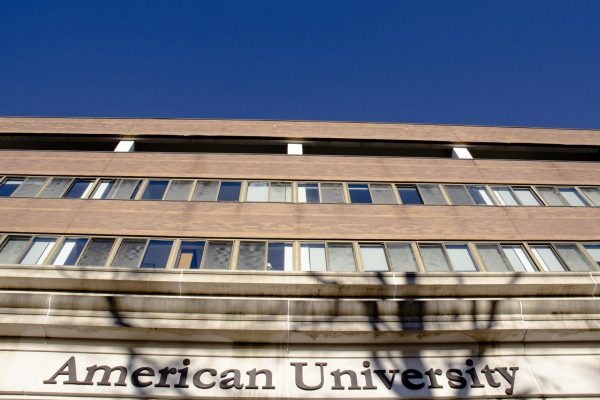AU, Inc: AU’s “Non-Profit” Status
Doesn’t this seem odd? As a not-for-profit educational institution, AU is exempt from paying taxes, according to section 501(c)(3) of the internal revenue code. But the way AU manages its money, employees and assets makes its non-profit status almost meaningless. Our university resembles a for-profit corporation more than it does a non-profit organization.
The economic inequality within the university community is striking. While executives take home paychecks that push seven figures, AU students graduate with an average debt of over $36,000, according to collegeboard.org. Some AU employees are also low on the economic totem pole. Shuttle bus drivers are currently the only group directly employed by the university — excluding faculty — that is unionized.
During a unionization drive in 2007, the university used big business-type intimidation tactics to prevent the unionization of their employees. According to a 2007 article that appeared in The Eagle, fliers appeared in the drivers’ break room, warning that drivers’ benefits would decrease if they voted for a union. Even after the union was established — following an election that was manipulated by the university — AU continued its efforts to break it up, spending thousands of dollars to appeal the National Labor Relations Board’s decision to certify the drivers’ union.
In recent years, AU has also taken up a mission that appears to go beyond education: real estate investment. A December article in The Washington Post detailed AU’s involvement with property management, something the article states is very common among universities. David Taylor, President Kerwin’s chief of staff, was quoted in the article as saying that AU “[manages] lots of properties now.” In fiscal year 2010, the university increased its property holdings by about $25 million, bringing it to a total of over $467 million.
AU’s style of property management has left some local entrepreneurs bitter. Businesses such as Balducci’s and Morty’s Delicatessen have already abandoned their university-owned locations. Michael Cadeaux, owner of Cadeaux Hair Salon, formerly leased from the university until he moved his business to Maryland. In the Post article Cadeaux said, “It’s a big corporation there. The university just is very greedy.”
Why does the university exhibit such corporate behavior? One possible explanation requires no more than a quick review of the membership of the Board of Trustees, which includes current and former executives of Bank of America, Goldman Sachs, J.P. Morgan, Chase and FedEx.
Additional insight into AU’s money-grubbing can be found by examining other universities. Corporations such as Nike and Reebok have huge presences on campuses across the country and subcontractors such as Sodexho and Aramark are allowed to follow their own union-unfriendly policies while providing janitorial and food services. Universities and corporations are entering into relationships that make them indistinguishable. Wages remain low while universities maximize their financial gain. National trends also show tuition rising as executive salaries increase.
AU is violating the spirit of its 501(c)(3) status. Though we don’t have shareholders or stocks to sell, the university is a money-maximizer just like any corporation. If the AU administration wants to restore its “commitment to social justice” and take the lead in rehabilitating the true non-profit status of universities, it must get back to basics: take union-neutral positions in organizing drives; hold subcontractors accountable for their own actions; and return its revenues to its students and employees, not to administrators’ paychecks.
Illustration by Margaret Hayford







